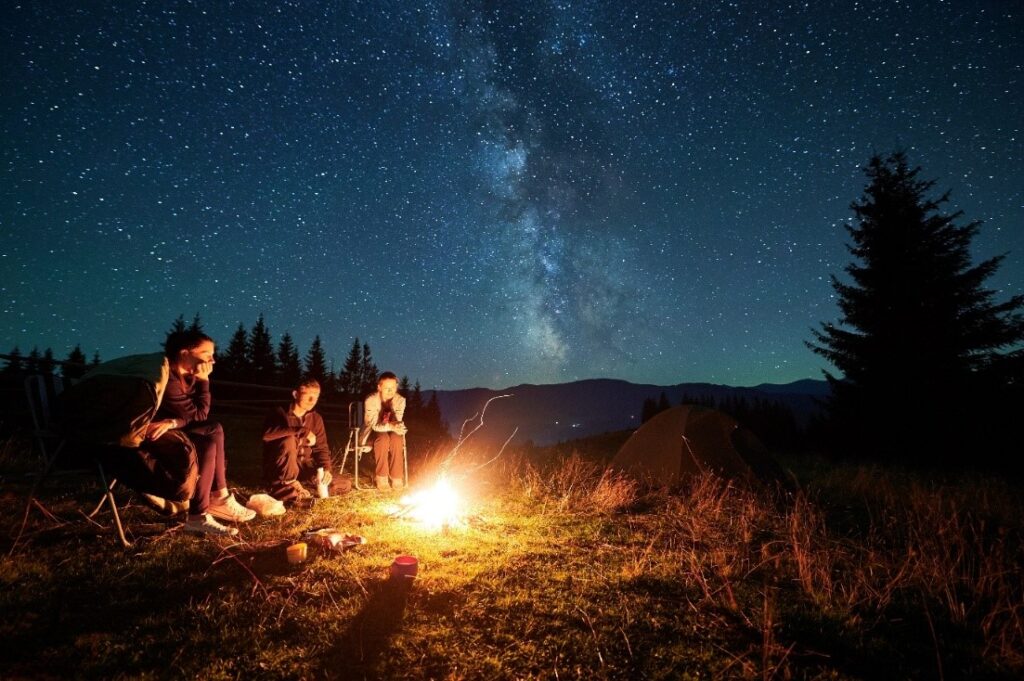Imagine a midnight stroll along the shoreline of Jervis Bay, where the ocean glows a surreal blue, shimmering with each passing wave. This phenomenon, known as bioluminescence, is one of nature’s most awe-inspiring displays. Drawing visitors and photographers alike to the NSW South Coast, the “blue tide” creates a magical scene against the dark canvas of the night. If you’re planning a visit, here’s everything you need to know about Jervis Bay Bioluminescence: what it is, why it happens, and how you can capture the moment.
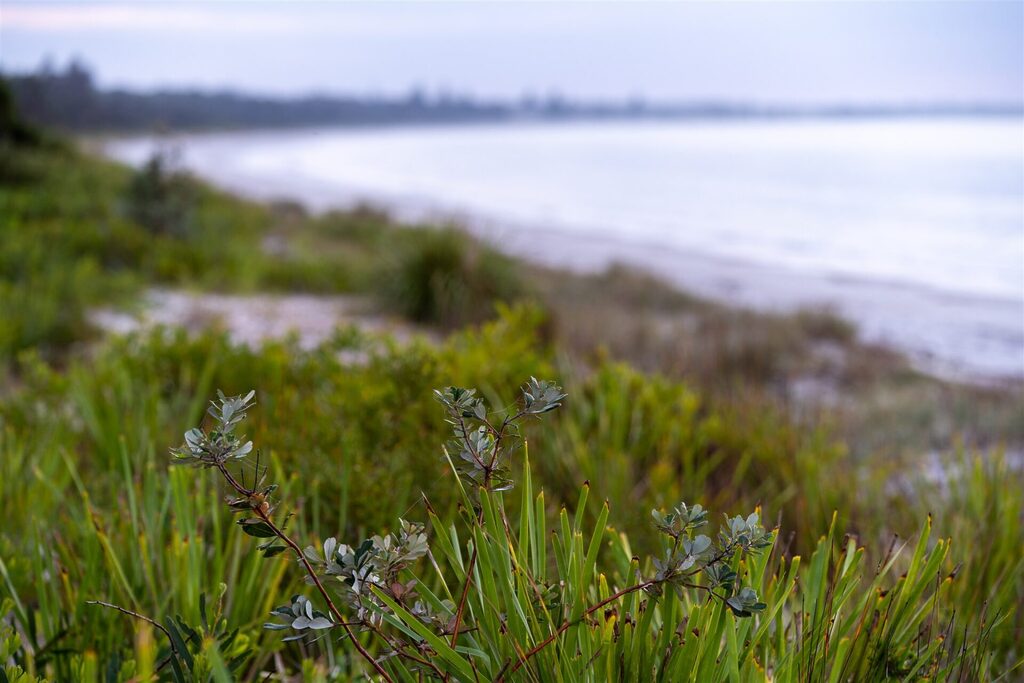
What is Bioluminescence?
Bioluminescence is a natural phenomenon where living organisms emit light, creating a luminous glow. While various creatures, from fireflies to deep-sea fish, can produce this light, some of the most visible and striking bioluminescence occurs in the ocean. In Jervis Bay, the phenomenon is caused by tiny plankton called dinoflagellates that emit a brilliant blue light when agitated by movement, such as waves or footsteps on the sand.
The glow adds a layer of magic to the ocean’s edge, as waves sparkle like a million stars and the shoreline shimmers with each passing ripple.
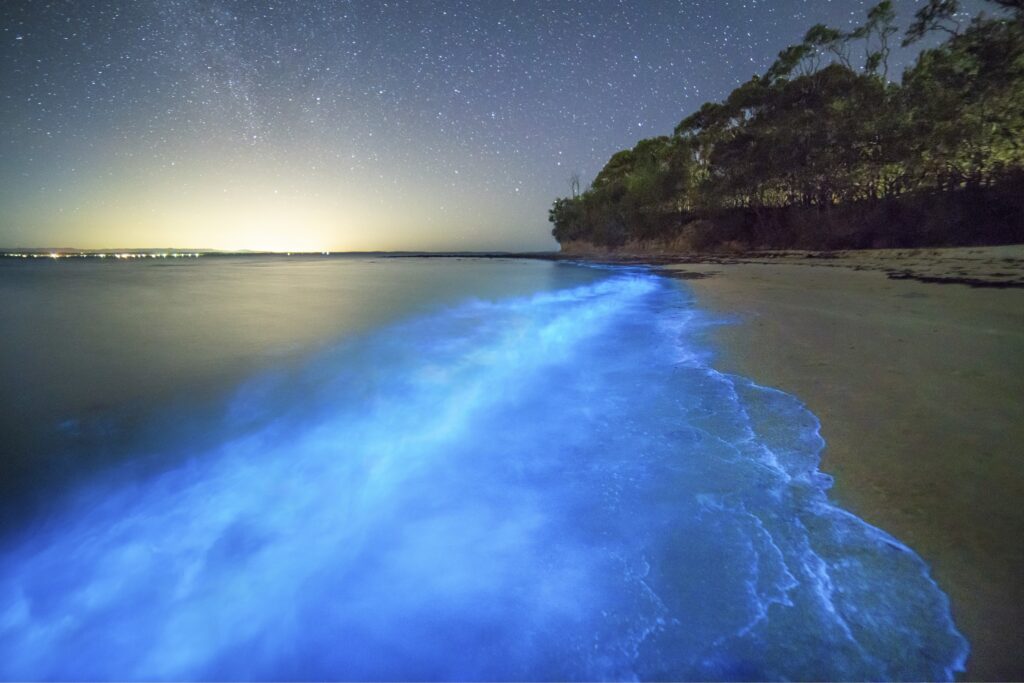
How Does Bioluminescence Work?
The science behind bioluminescence lies in a complex chemical reaction within certain marine organisms. When disturbed, dinoflagellates release a protein called luciferase, which reacts with a molecule called luciferin in the presence of oxygen. This reaction releases energy in the form of light rather than heat, making it an efficient and mesmerising glow that lights up the sea.
The intensity of this glow can vary based on water temperature, nutrient levels, and the concentration of these bioluminescent organisms. Jervis Bay’s sheltered waters provide a prime environment for dinoflagellates, offering visitors a front-row seat to this blue spectacle.
What Causes Bioluminescence?
Bioluminescence is often caused by microorganisms as a defence mechanism. When disturbed, the glow confuses or deters potential predators, or it attracts larger predators that might prey on the dinoflagellate’s attacker. While many species can exhibit bioluminescence, the blue glow witnessed on the surface of Jervis Bay is predominantly caused by these single-celled dinoflagellates, which bloom under certain environmental conditions.
During periods of warmer water and increased nutrients, particularly after rain, these microorganisms thrive. Algal blooms, as they are known, often lead to an increase in bioluminescent plankton, creating the stunning visuals that draw so many to the bay.
How Long Does Bioluminescence Last?
Bioluminescent events in Jervis Bay can vary in duration. Some blooms last for just a few days, while others may persist for several weeks, especially if conditions remain favourable. Generally, sightings are more frequent from late summer through autumn, though there’s no guarantee that it will be visible on any given night.
The phenomenon is fleeting, often influenced by a mix of environmental factors, so a bit of luck is involved in catching the display. Following social media pages and local news outlets can be helpful, as word of sightings spreads quickly among the local community.
Where Can You See Bioluminescence?
Jervis Bay, with its calm, shallow waters and minimal light pollution, offers some of the best spots for witnessing bioluminescence in New South Wales. Popular beaches like Hyams Beach, Plantation Point, and Callala Bay are all hotspots where the blue glow has been frequently spotted. These locations are known for their pristine conditions and clear waters, making the bioluminescent effect even more pronounced.
For those willing to explore, nearby beaches along the South Coast may also yield similar sights, but Jervis Bay’s natural landscape and tranquil waters make it one of the most reliable places to experience the phenomenon.
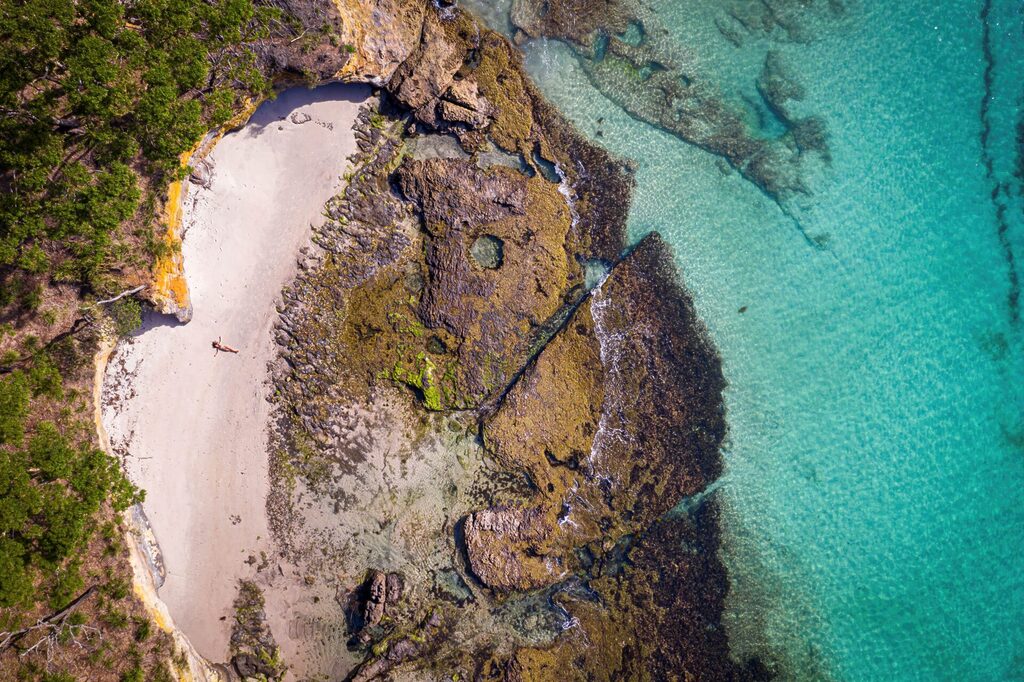
When Can You See Bioluminescence?
Bioluminescence sightings are often best between late summer and early autumn, from February through April. Warmer water temperatures during these months, combined with an increase in nutrients following rainfall, create ideal conditions for dinoflagellate blooms.
The best time to witness bioluminescence is on a dark, moonless night, as even minor light pollution can lessen its visibility. Head out to the beach after sunset, wait for full darkness, and walk along the water’s edge for your best chance to see the glow.
How to Photograph Bioluminescence:
Capturing Jervis Bay Bioluminescence on camera can be challenging, but with the right equipment and technique, it’s achievable. Here are some tips:
1. Use a Tripod: Stability is essential for night photography, as longer exposures are needed to capture the faint light of bioluminescence. A tripod will keep your camera steady for clearer images.
2. Adjust ISO: Set your camera’s ISO to a high level, around 1600 to 3200, to increase the sensor’s sensitivity to light. Be careful not to go too high, as this can add noise to the image.
3. Set a Low Aperture: Use a low aperture (around f/2.8) to allow more light to enter the lens. This helps capture the glow without needing excessive exposure time.
4. Experiment with Exposure: Aim for an exposure time between 5 and 30 seconds, depending on the brightness of the bioluminescence and any surrounding light conditions. A longer exposure will capture more of the glow but may blur with wave movement.
5. Manual Focus: Autofocus struggles in low light, so switch to manual focus and set your focus point to infinity for clearer shots.
Remember that conditions are rarely perfect, so practice and patience are key. Try different settings, check your results, and make adjustments as needed to get the perfect shot.
Plan Your Stay at Tasman Holiday Parks – Myola
For visitors hoping to experience the magic of Jervis Bay Bioluminescence, Tasman Holiday Parks – Myola offers an ideal, comfortable base. Situated close to the area’s most beautiful beaches and offering easy access to Jervis Bay’s pristine coastal attractions, it’s the perfect place to relax after a night spent chasing the blue tide. Enjoy the charm of Myola’s tranquil setting and the convenience of nearby amenities as you explore all the natural wonders Jervis Bay has to offer.
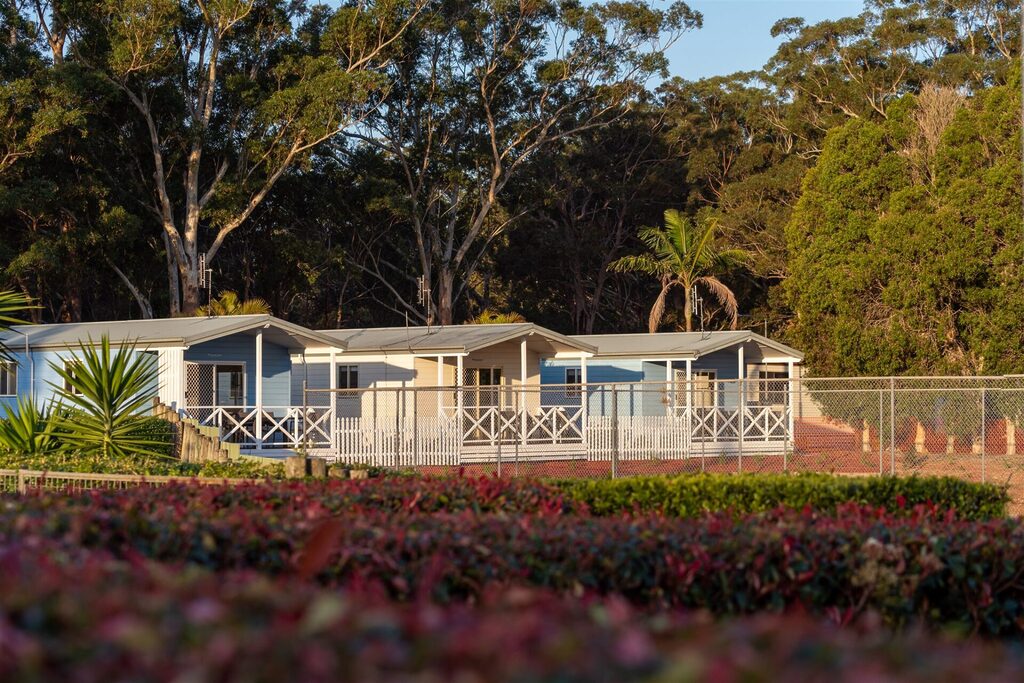
Whether you’re a seasoned photographer or simply a nature enthusiast, the bioluminescent glow of Jervis Bay is a spectacle that must be seen to be believed. Pack your camera, plan your timing, and prepare for an unforgettable experience along the NSW South Coast.




